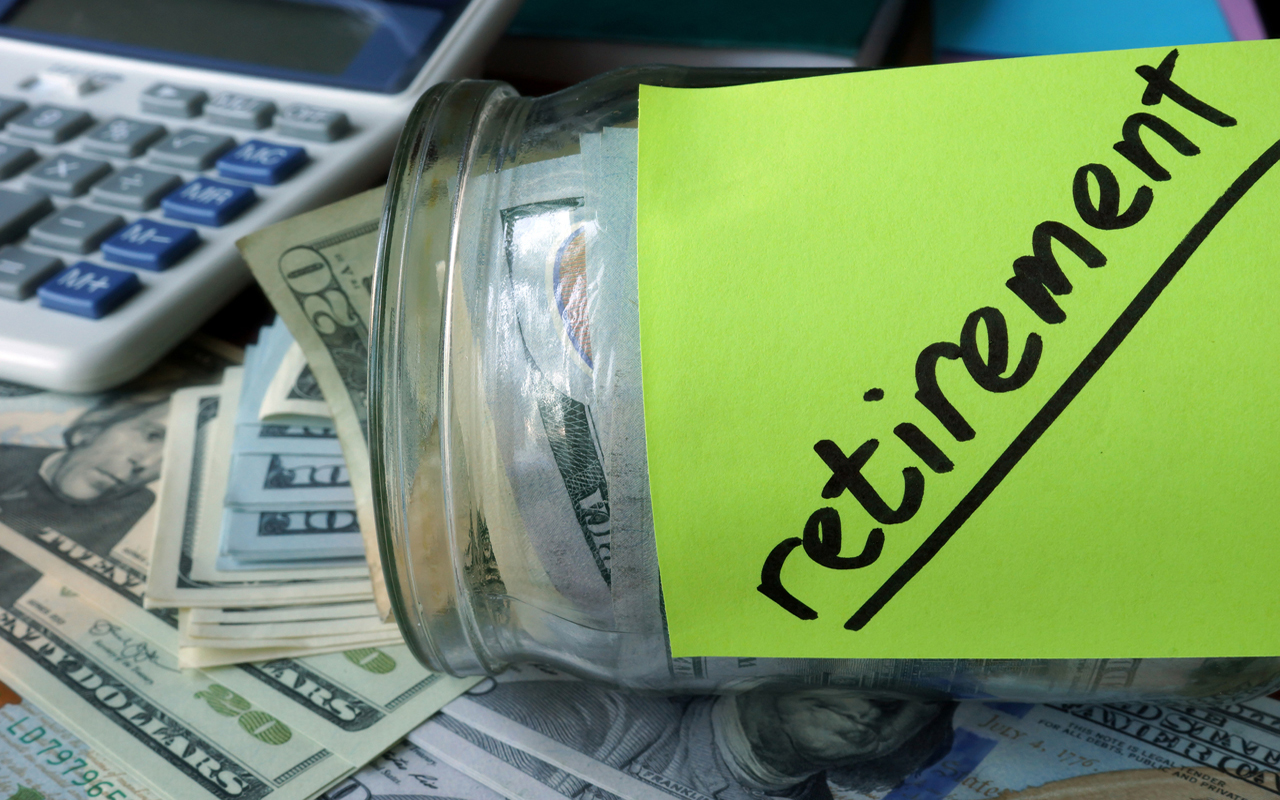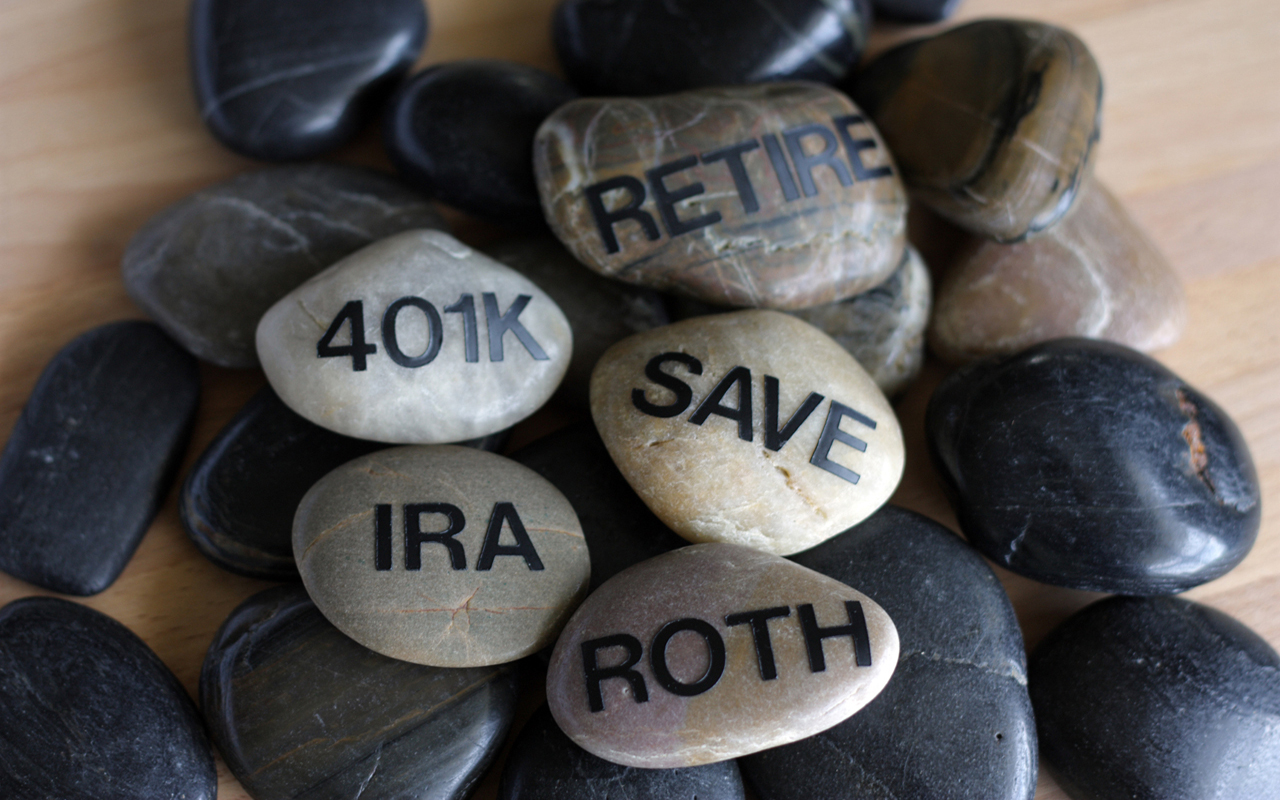6 Tax-Smart Ways to Lower Your RMDs in Retirement
Most of us invest in a 401(k) or similar savings plan because we want to enjoy a comfortable retirement.


Most of us invest in a 401(k) or similar savings plan because we want to enjoy a comfortable retirement. But there are short-term benefits, too. Contributions are excluded from taxable income—a lucrative break that helps make saving less painful (and doesn’t require the services of a Panamanian law firm).
But unlike dubious foreign tax shelters, this one has an expiration date. Once you turn 70½, Uncle Sam wants his share, so he requires you to take withdrawals from your traditional IRAs, 401(k)s and other tax-deferred plans—or face a penalty of 50% of the amount you should have withdrawn.
If you’ve built up a large balance in 401(k)s, rollover IRAs and other tax-deferred accounts and have another source of income, such as a pension, RMDs can create a host of tax tribulations. Because the withdrawals are taxed as regular income, RMDs could push you into a higher tax bracket. And the increase in your adjusted gross income could trigger other unpleasant consequences, such as higher taxes on your Social Security benefits, a surtax on your taxable investments and a Medicare high-income surcharge.
The key to avoiding a big tax bill is to start planning for RMDs well before your 70th birthday.

1. Manage Your Withdrawals
Once you turn 59½, you can withdraw money from your tax-deferred accounts without paying a 10% early-withdrawal penalty. The withdrawals are still taxed as ordinary income, but after you retire, you might drop into a lower income tax bracket. A financial planner or accountant can help you figure out how much you can withdraw each year without moving into a higher tax bracket.
Over time, these withdrawals will shrink the size of your tax-deferred accounts, resulting in lower RMDs when you reach 70½ and beyond. And that’s not the only upside to this strategy. If using IRA withdrawals to pay living expenses lets you postpone claiming Social Security benefits, you could significantly increase the size of your payout. For every year past your full retirement age that you delay, your benefit increases by about 8% until age 70.

2. Convert to a Roth IRA
Converting funds from your traditional IRAs and 401(k)s to a Roth IRA offers several advantages. You can always withdraw the contributions to a Roth tax-free, and once you’re 59½ and have owned the Roth for five years, earnings are tax-free, too. More significantly, Roths aren’t subject to RMDs, so you can withdraw as much or as little as you need after age 70½ without worrying about the tax bill.
But you must pay taxes at your regular income tax rate on any funds you convert, so be careful. A large conversion could push you into a higher tax bracket and trigger the chain reaction of unpleasant consequences. But people who retire in their sixties enjoy a “golden window” for Roth conversions, says Steve Burkett, a certified financial planner in Bothell, Wash. If your income declines after you stop working, you can convert just enough to bring your taxable income to the top of your current tax bracket but not push you into the next higher one, he says.

3. Invest in a QLAC
A qualified longevity annuity contract is a multipurpose retirement-planning tool. QLACs are deferred-income annuities that are a guaranteed source of income when you reach a certain age. And because not everyone who buys a deferred-income annuity will live long enough to reap the benefits, QLACs offer much higher payouts than other products that provide guaranteed income for life. For example, a 65-year-old man who invests $100,000 in New York Life’s Guaranteed Future Income Annuity and defers payouts for 15 years will receive $22,331 in guaranteed annual income, beginning when he turns 80. The catch? In this example, the annuity has no death benefit, so if the owner dies before age 80 he gets nothing. The same annuity with a death benefit that would pay heirs 100% of the premium not collected by the owner would cut the payout to $16,906 a year.
You can also use this type of annuity to reduce your RMDs. You’re allowed to invest up to 25% of your IRA or 401(k) plan (or $125,000, whichever is less) in a QLAC without having to take required minimum distributions on that money when you turn 70½. You’ll still have to pay taxes when you start receiving payments from the annuity, but you can delay payouts until age 85.

4. Rejigger Investments
Another way to lower your RMDs is to use your tax-deferred accounts for bonds and bond funds and use taxable accounts for stocks and stock funds, says Randy Bruns, a CFP in Downers Grove, Ill. One advantage to this strategy is that bonds and bond funds are taxed at your ordinary income rate anyway, while stocks and stock funds in a taxable account benefit from the capital-gains rate, which is 15% for most taxpayers.
Also, because bonds have historically underperformed stocks, it’s likely you’ll have fewer gains in bond-heavy retirement accounts. And because RMDs are based on the previous year-end value of your IRA, an IRA that grows more slowly will produce smaller RMDs.
There are limits to this strategy. If most of your retirement savings is invested in traditional IRAs and 401(k)s, you should include stocks and stock funds in those accounts. Otherwise, you’ll sacrifice long-term growth and have more trouble beating inflation.

5. Keep Working
As baby boomers reach retirement age, a growing number are planning to work past age 70. As long as you’re still working, you don’t have to take RMDs from your employer’s 401(k), even if you’re older than 70 1/2.
This exception doesn’t apply to former employers’ 401(k) plans or traditional IRAs. However, you may be able to get around that problem by rolling those accounts into your current employer’s 401(k), assuming your company allows it.
You’ll still have to take RMDs when you quit. But you’ll reduce or eliminate mandatory withdrawals while you’re working, when your tax rate could be much higher.

6. Donate Your RMD
When you turn 70 1/2, you usually must start taking minimum withdrawals from your tax-deferred accounts, based on the balance in each account at the end of the previous year. You calculate the amount you need to take using a factor provided by the IRS that’s based on your age. If you have two or more IRAs, you can take the total required minimum from one IRA or portions from multiple IRAs. The rules are different for former employers’ workplace plans, such as 401(k)s. You must calculate RMDs and take separate withdrawals from each one of those accounts.
But it’s not too late to lower your tax bill. Once you’re 70 1/2, you can give up to $100,000 from your IRAs to charity, tax-free, every year. The contribution counts as your RMD and won’t be included in your adjusted gross income.
After years of renewing this popular tax break around Christmas, Congress made it permanent last year. That provides planning opportunities for retirees, says Wade Chessman, a certified financial planner in Dallas. If you expect to satisfy your RMDs by making charitable contributions, you might not need to convert that amount of money to a Roth.
Profit and prosper with the best of Kiplinger's advice on investing, taxes, retirement, personal finance and much more. Delivered daily. Enter your email in the box and click Sign Me Up.

Block joined Kiplinger in June 2012 from USA Today, where she was a reporter and personal finance columnist for more than 15 years. Prior to that, she worked for the Akron Beacon-Journal and Dow Jones Newswires. In 1993, she was a Knight-Bagehot fellow in economics and business journalism at the Columbia University Graduate School of Journalism. She has a BA in communications from Bethany College in Bethany, W.Va.
-
 Forget FIRE: Why ‘FILE’ Is the Smarter Move for Child-Free DINKs
Forget FIRE: Why ‘FILE’ Is the Smarter Move for Child-Free DINKsHow shifting from "Retiring Early" to "Living Early" allows child-free adults to enjoy their wealth while they’re still young enough to use it.
-
 7 Tax Blunders to Avoid in Your First Year of Retirement
7 Tax Blunders to Avoid in Your First Year of RetirementA business-as-usual approach to taxes in the first year of retirement can lead to silly trip-ups that erode your nest egg. Here are seven common goofs to avoid.
-
 How to Plan for Social Security in 2026's Changing Landscape
How to Plan for Social Security in 2026's Changing LandscapeNot understanding how the upcoming changes in 2026 might affect you could put your financial security in retirement at risk. This is what you need to know.
-
 What to Do With Your Tax Refund: 6 Ways to Bring Growth
What to Do With Your Tax Refund: 6 Ways to Bring GrowthUse your 2024 tax refund to boost short-term or long-term financial goals by putting it in one of these six places.
-
 What Does Medicare Not Cover? Eight Things You Should Know
What Does Medicare Not Cover? Eight Things You Should KnowMedicare Part A and Part B leave gaps in your healthcare coverage. But Medicare Advantage has problems, too.
-
 12 Great Places to Retire in the Midwest
12 Great Places to Retire in the MidwestPlaces to live Here are our retirement picks in the 12 midwestern states.
-
 15 Cheapest Small Towns to Live In
15 Cheapest Small Towns to Live InThe cheapest small towns might not be for everyone, but their charms can make them the best places to live for plenty of folks.
-
 15 Reasons You'll Regret an RV in Retirement
15 Reasons You'll Regret an RV in RetirementMaking Your Money Last Here's why you might regret an RV in retirement. RV-savvy retirees talk about the downsides of spending retirement in a motorhome, travel trailer, fifth wheel, or other recreational vehicle.
-
 The 24 Cheapest Places To Retire in the US
The 24 Cheapest Places To Retire in the USWhen you're trying to balance a fixed income with an enjoyable retirement, the cost of living is a crucial factor to consider. Is your city the best?
-
 The Six Best Places to Retire in New England
The Six Best Places to Retire in New Englandplaces to live Thinking about a move to New England for retirement? Here are the best places to land for quality of life, affordability and other criteria.
-
 Estate Planning Checklist: 13 Smart Moves
Estate Planning Checklist: 13 Smart Movesretirement Follow this estate planning checklist for you (and your heirs) to hold on to more of your hard-earned money.
